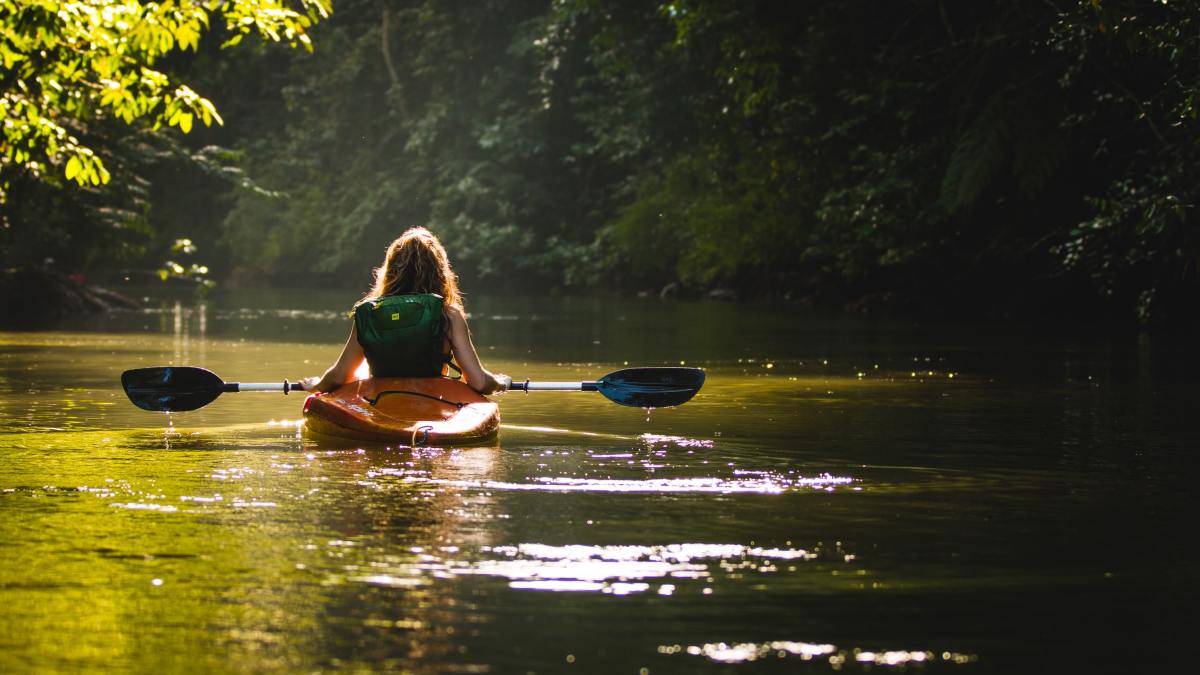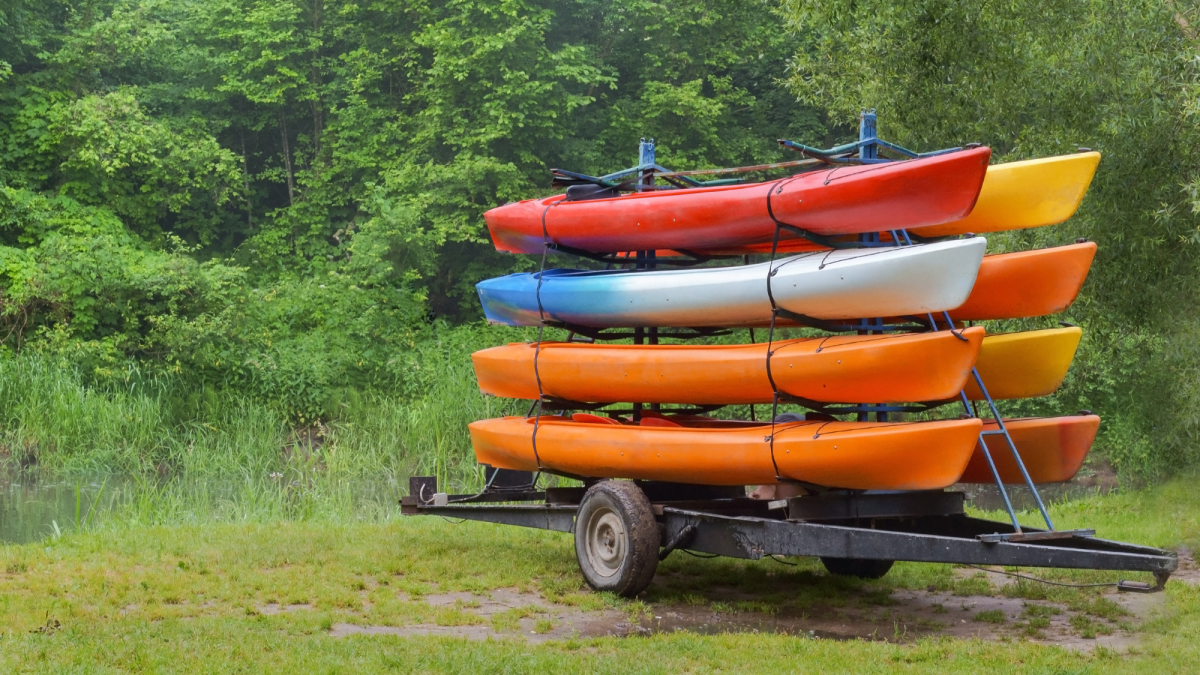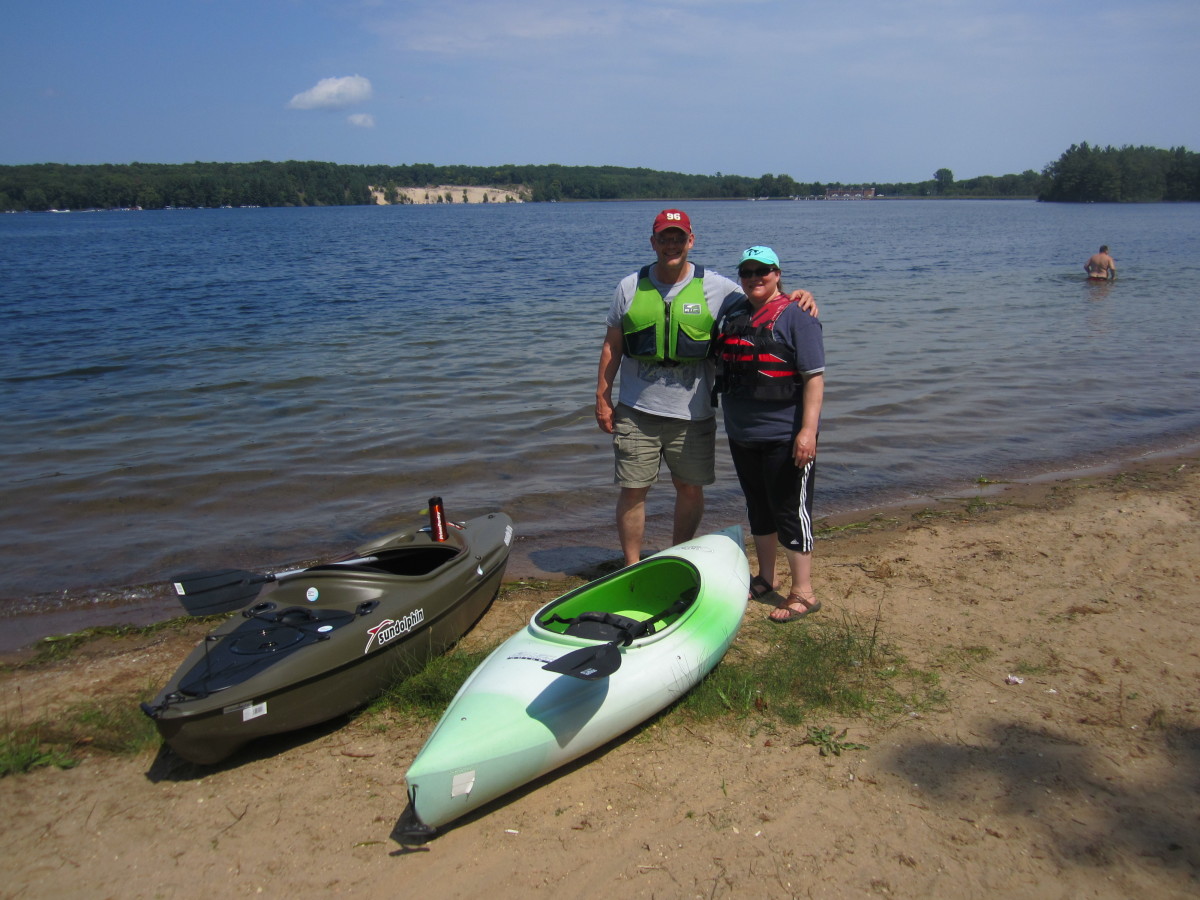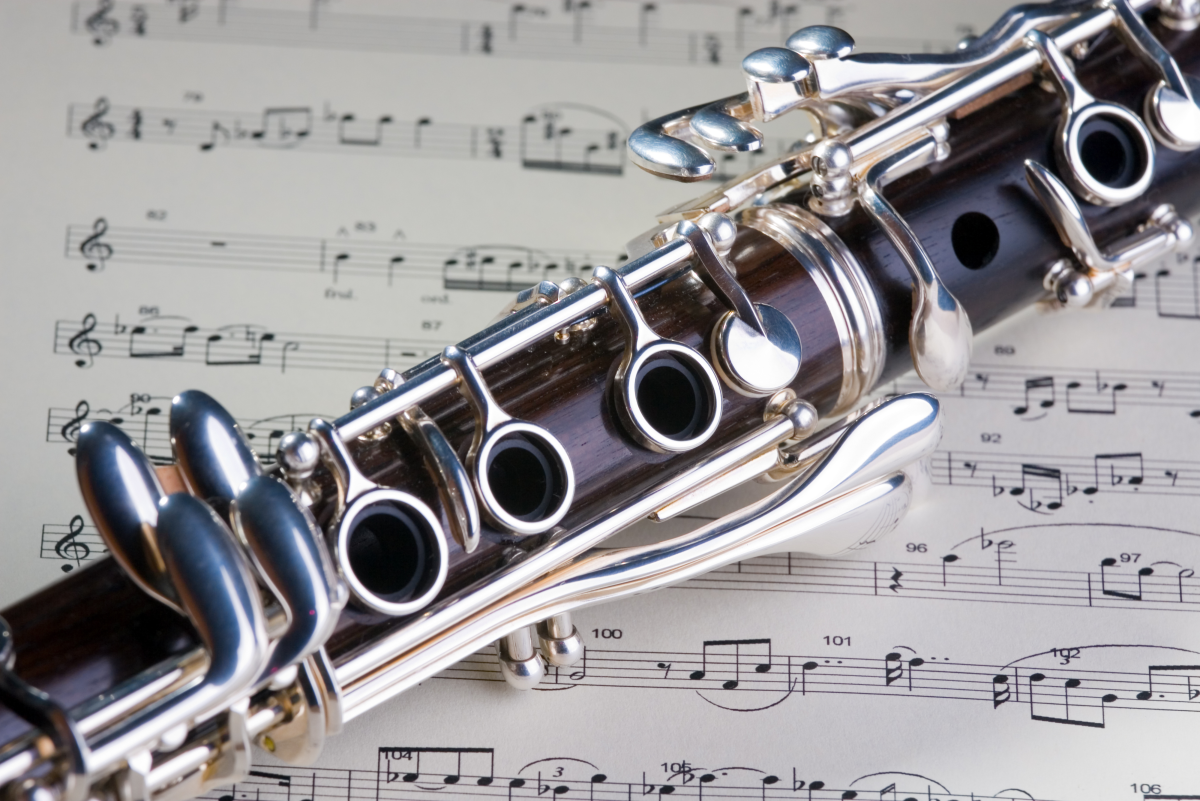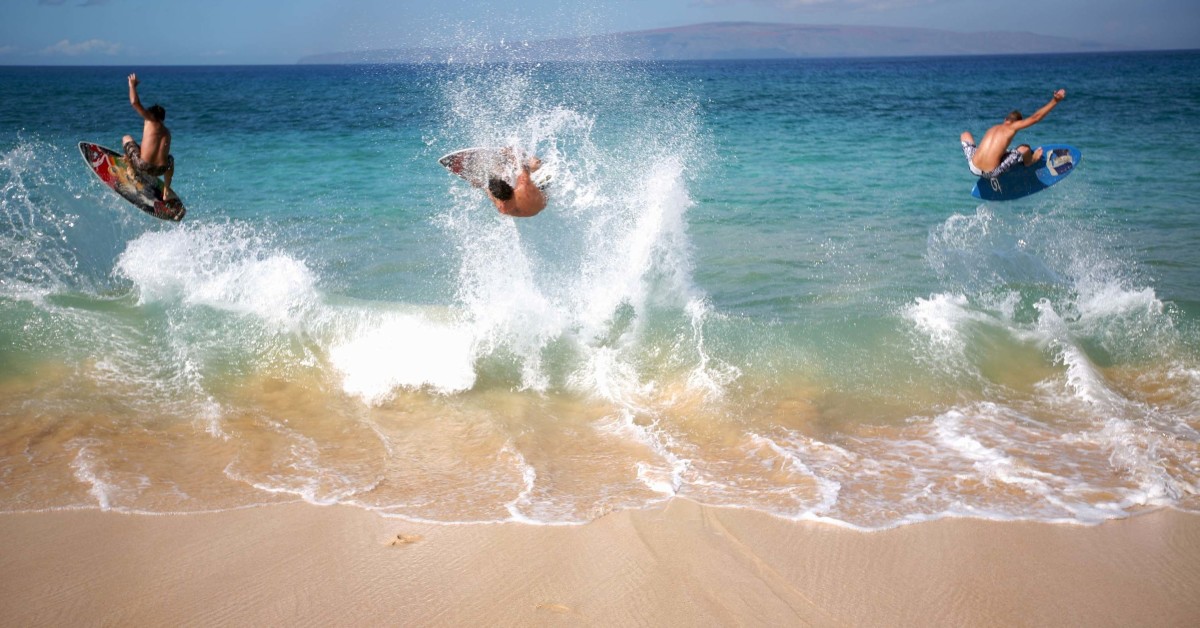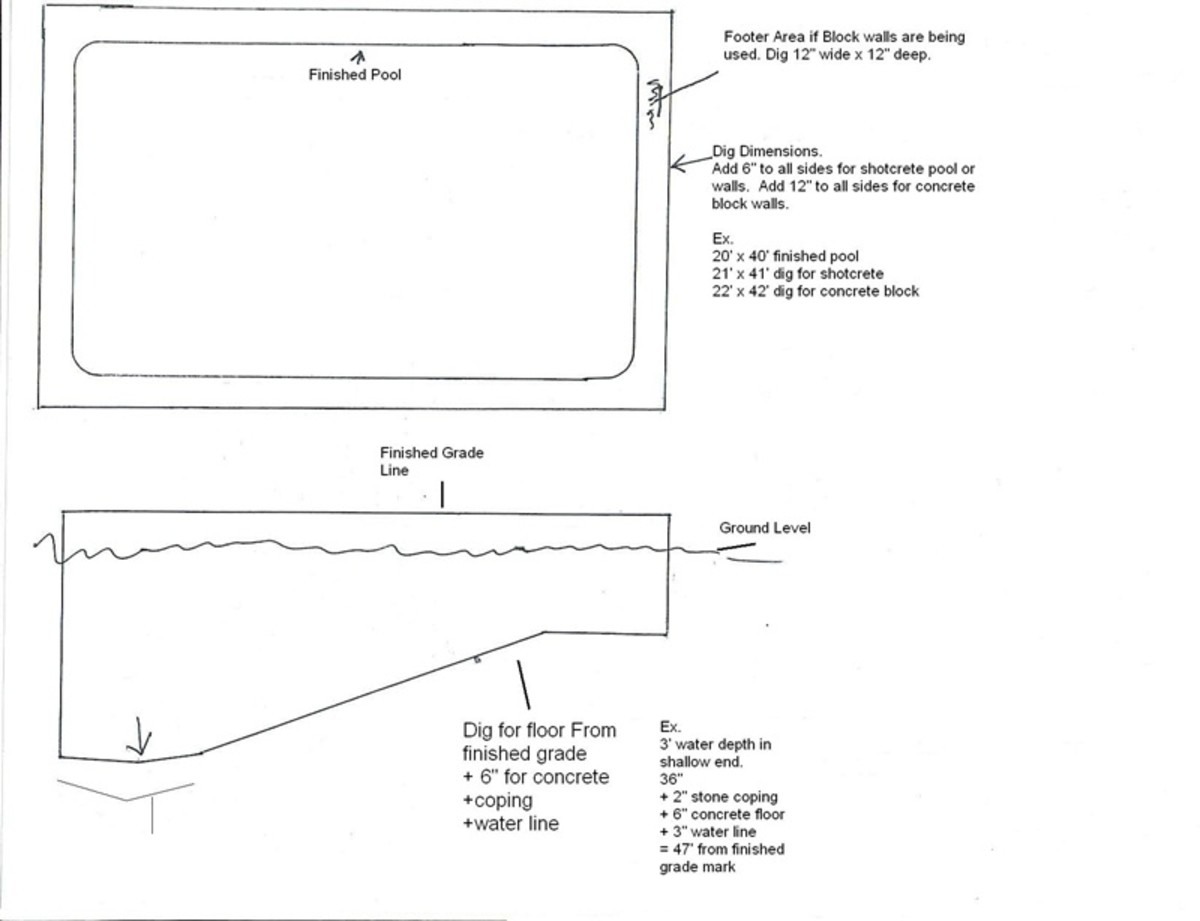12 Tips for Buying a Kayak
How to Get the Right Kayaking Gear for Your Personal Needs
Kayaking has fast become a popular water sporting pastime for a lot of reasons.
From something as simple as a day leisurely fishing to an exciting trip down churning whitewater rapids, kayaks offer a lot of different ways to enjoy your favorite lake, river or ocean.
Before you rush out and buy the first kayak you see, you need to answer a few questions before spending your hard earned money.
As this article will point out, there are many different types of kayaks to choose from, depending on what kind of boating experience you are looking forward to.
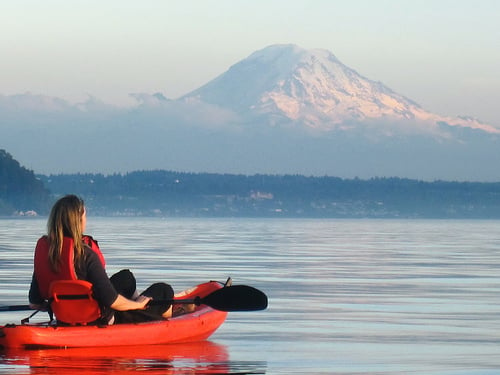
Different Types of Kayaks
There are several styles of kayaks, and knowing what activities you are planning is very important in deciding which type to purchase.
Recreational kayaks:
The most popular of kayaks, you can find recreational kayaks on rivers, lakes, and ponds everywhere. They are great for beginners due to being designed with a wider base, resulting in better handling and stability.
Another advantage is the versatility factor, as they can be used in various scenarios by beginners and old-timers alike.
Fishing kayaks:
Specially designed for fishing, these kayaks are known for decent storage capacity and comfort. Most are designed with extras like anchor cleats and fishing pole holders, Some models feature mounts for your fish finder and compartments for bait and tackle.
The best ones are made to quietly slip in and out of fishing spots without scaring off the fish.
Touring or ocean kayaks:
If you are looking for a large stable boat that can handle a lot of supplies, a touring kayak may be the way to go. Great for overnight trips, they tend to be faster than recreational kayaks, but are harder to maneuver due to the increased length.
If you are going to be spending long days sitting in a boat, touring kayaks offer more comfort than most designs. You have to decide on whether this is a favorable trade-off as far as the loss of maneuverability is concerned.
Downriver or racing kayaks:
Specifically designed for racing, downriver kayaks have a narrower base which can make them somewhat unstable and therefore not usually recommended for beginners. However, an experienced boater will enjoy moving downriver quickly and smoothly in a racing kayak.
Whitewater kayaks:
Extreme kayaking calls for specially designed crafts built for whitewater and rapids maneuvering.
Whitewater kayaks have upturned ends and round bottoms and tend to be shorter in length. This type of design results in exceptional maneuverability.
Sit-On-Top Kayaks:
Gaining popularity, this type of kayak allows the boater to sit on top of the craft, helping maintain balance.
Tandem Kayaks:
Great for kayaking with another person. Touring and recreational kayaks are best suited for this design.
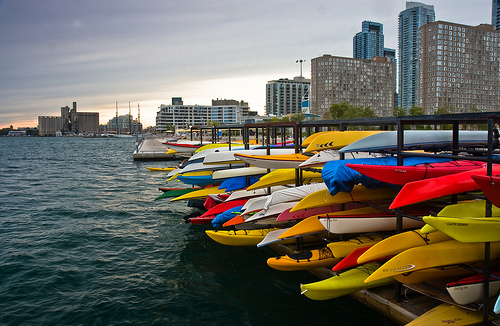
The Makeup of Modern Kayaks
Today's kayaks are usually made of fiberglass or plastic, although there are some composite models available. Plastic kayaks are generally less expensive and are considered sturdier than those made of fiberglass.
The advantages of fiberglass kayaks are that they are lighter and faster, and can be repaired easier than plastic varieties in case of accidents.
Plastic kayaks are great for rivers and rockier waters as they are practically indestructible.
If storage space is an issue, you also have the option of purchasing an inflatable kayak.
A few more things to look at when considering the design of a kayak:
The type of hull:
The kind of hull your kayak has is an important consideration when looking to buy a boat. Kayaks with flat bottom hulls and hard chines (sharp angles in the hull) are more stable, with rounded hull and soft chine designs being less stable in nature.
The symmetry of the kayak:
The more symmetrical a kayak is, the easier it is to steer in running water and streams. An asymmetrical vessel, on the other hand, will be harder to steer and maneuver.
The kayak's overall length:
Along with symmetry, the length of a kayak will affect the handling and tracking (ability to maintain a straight course over long distances). The longer a kayak is the better the tracking and overall range. The only drawback being the longer the kayak, the harder it is to handle.
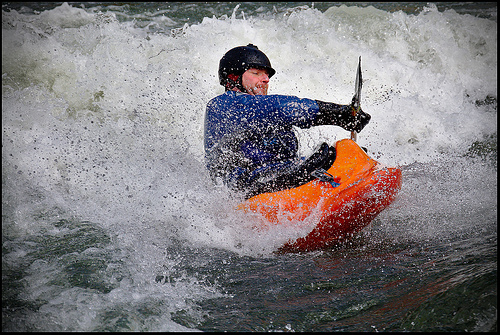
Final Things to Consider About Your Kayak
Where will you be using your kayak?
Perhaps the most important question that needs answering is what type of activities you plan on using your kayak for. A touring kayak will do you little good if you like whitewater kayaking; likewise, a fishing kayak may not be what you need if you plan on enjoying overnight camping trips.
Will anyone else be using your kayak?
If you plan on doing a lot of kayaking with a friend or loved one, a double kayak design may be what you need. However, keep in mind that boating by yourself in a kayak made for two is not a lot of fun. Add to that the fact that tandem kayaks tend to be heavier and harder for a person to lug around by themselves and you can see that you may want to think this over before buying one.
Kayaking Videos
Kayaking Poll
Have You Ever Been Kayaking?
© 2013 Hal Gall


